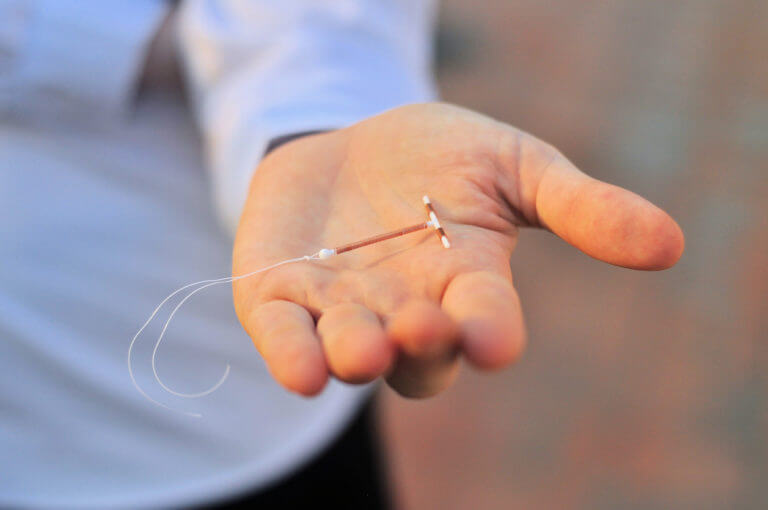
An intrauterine device (IUD) is a birth control option that many women use. A gynecologist places the device, and it prevents pregnancy for several years, and you don’t have to do anything else to maintain it. While it’s a convenient option, you should understand the side effects and potential complications before you opt for an OBGYN to place it. Furthermore, you may get a hormonal or non-hormonal IUD, each has specific side effects.
Here is an overview of the side effects and complications of IUDs.
Pain
Immediately following the procedure, you may have pain at the insertion site. Some people experience cramping, as well. It’s possible to have a backache, as well. These symptoms may occur with either a hormonal or non-hormonal IUD.
Moreover, these symptoms will generally subside after a few days following the procedure.
Some women may notice that they have worse menstrual cramps after their gynecologist inserts a non-hormonal or hormonal IUD. The worsening of your menstrual cramps may last for a few months after you have an IUD inserted.
Changes in Menstruation
You may have changes in menstruation after you receive either type of IUD. For instance, you may have spotting in between your periods. Your periods may also become irregular. For some women who have copper IUDs, their menstrual cycle may become heavier or longer.
The changes in your menstruation tend to only last for a few months and will then return to normal. However, your period may lighten or become shorter with a hormonal IUD for a longer time period.
Periods may eventually stop for some women who have a hormonal IUD. On the other hand, your period won’t stop, lighten, or get shorter after the first few months if you receive an IUD that contains progestin like hormonal IUDs do.
Bleeding and Pain After Sex
Bleeding and pain after sex aren’t normal side effects of an IUD. These symptoms may mean that your IUD partially moved out of place from your cervix. Sometimes, the IUD may enter your vagina. You should notice if the IUD doesn’t feel like it’s in place anymore. These symptoms mean you should contact an OBGYN immediately to determine if the IUD is still in place.
Get Pregnant
Although it’s uncommon, you could get pregnant while using an IUD. You’re more likely to have an ectopic pregnancy, which means the pregnancy is outside of the uterus. In most cases, an ectopic pregnancy occurs in a fallopian tube. If you should happen to get pregnant, you’re more likely to have a preterm birth, amniotic sac and fluid infection, or miscarriage if your doctor leaves your IUD in as opposed to removing it.
Pelvic Inflammatory Disease
Pelvic inflammatory disease (PID) is an infection that travels to your fallopian tubes, uterus, and nearby organs. Usually, it stems from a bacterial infection, but sexually transmitted diseases like gonorrhea or chlamydia may cause it, as well.
This infection can come from either a hormonal or non-hormonal IUD within the first three weeks after IUD placement. Your risk is even higher if you have multiple sex partners.
You may notice that you have abdominal pain or abnormal vaginal discharge. Chills, fever, heavy bleeding, or pain during sex could arise, as well. If you don’t receive treatment for PID, it can cause an ectopic pregnancy or infertility.
Why Choose Our OBGYN in Syracuse, NY for Your Birth Control Needs
When you choose a birth control option, a gynecologist from University OB GYN Associates will discuss all of your options. You’ll receive detailed information about the side effects and complications, and your practitioner will also take into consideration your particular health issues to ensure you find an option that’s both effective and safe.
Contact University OB GYN Associates, serving Syracuse and the nearby New York area, to discuss if an IUD is the ideal birth control solution for you by calling us at (315) 464-5162. Check out all of our locations.



